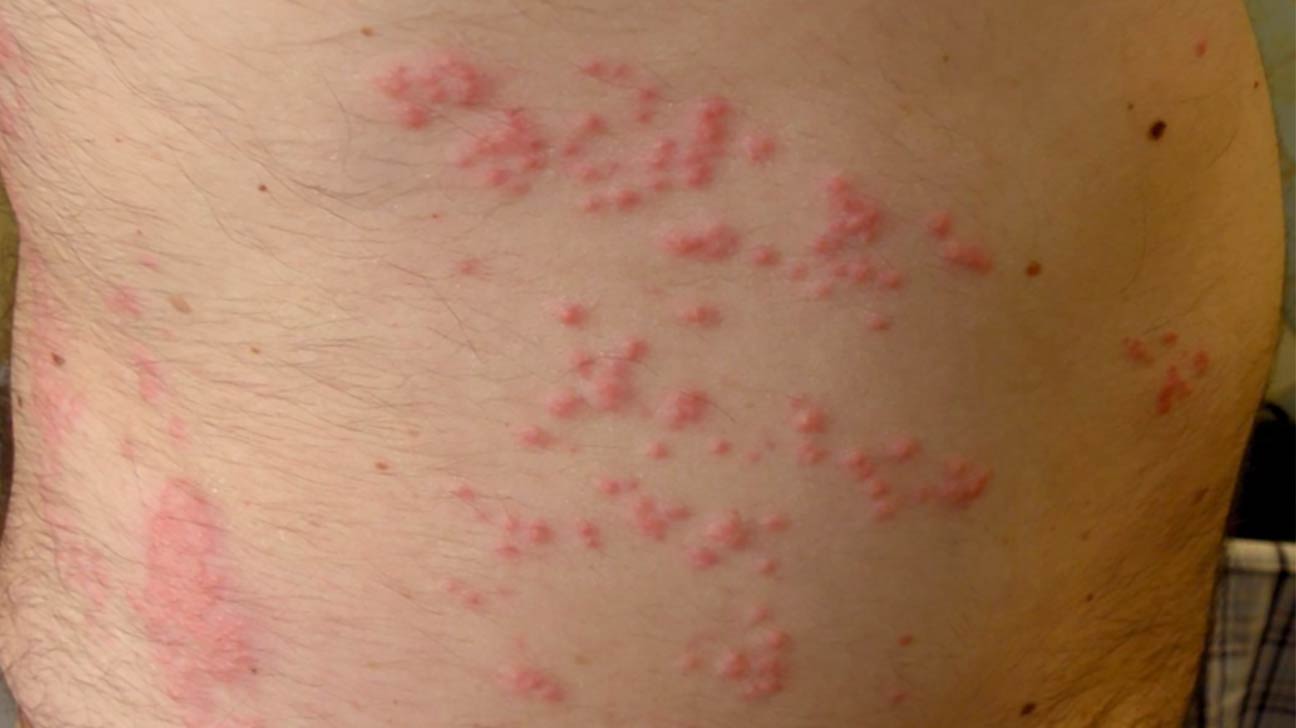
Cercarial Dermatitis: Understanding Swimmer's Itch
Cercarial dermatitis, commonly known as "swimmer's itch," is a skin rash caused by an allergic reaction to certain microscopic parasites found in freshwater lakes and ponds. These parasites are released from infected snails into the water. Humans may develop this rash after swimming in contaminated water.
What is Cercarial Dermatitis?
Cercarial dermatitis is the immune system’s response to the cercariae stage of certain schistosomes, a type of parasite that ordinarily infects waterfowl and some mammals. Humans are not the intended hosts; therefore, the cercariae do not mature in humans. Instead, their presence in the skin prompts a reaction causing an itchy rash.
Sources:
Symptoms and Causes
Symptoms of Cercarial Dermatitis
Symptoms typically appear shortly after swimming in contaminated water and can include:
- Tingling, burning, or itching of the skin within minutes to days after swimming.
- Small reddish pimples that may develop into small blisters.
- Rash that is primarily localized to exposed skin areas not covered by a swimsuit.
Causes of Cercarial Dermatitis
The cause of the rash is the skin's reaction to the penetration of cercariae. The parasites are released into water by infected snails. Factors that contribute to outbreaks include:
- Infected snails: These are found in certain bodies of freshwater.
- Warm temperatures and seasonal changes: This often increases the number of parasites.
- Birds and mammals: Animals like ducks and geese are common hosts for the adult parasites.
Sources:
Diagnosis and Tests
There is no specific blood test for cercarial dermatitis. A healthcare provider typically diagnoses the condition based on the appearance of the rash and a recent history of swimming in an affected lake or pond. The rash can resemble other skin conditions, so a thorough evaluation is recommended.
Management and Treatment
How to Treat Cercarial Dermatitis
While swimmer's itch usually resolves on its own, there are treatments available to help alleviate symptoms:
- Corticosteroid Creams: Applying hydrocortisone cream can relieve itching and reduce inflammation.
- Example: CortiCool
- Antihistamines: Oral antihistamines such as diphenhydramine (Benadryl) can help reduce itching and discomfort.
- Example: Benadryl
- Cool Compresses: Applying a cool cloth to the affected areas can provide temporary relief from itching.
- Baking Soda Baths: Taking soothing baths with added baking soda or Epsom salt may relieve itching.
Home Remedies and Preventive Measures
- Avoid Scratching: Itching can worsen the condition and lead to infection.
- Towel Dry: Vigorous towel drying immediately after swimming may prevent parasite attachment.
- **Do not swim around areas with visible signs of birds, as these are likely to be hotspots for the parasites.
Sources:
Prevention
While it may be difficult to completely avoid swimmer's itch if you're in affected areas, certain preventive steps can reduce your risk:
- Avoid swimming in marshy areas or near the shoreline: These areas are more likely to contain snails.
- Use waterproof sunscreen: This may provide a protective barrier against parasites.
- Avoid feeding birds: This can reduce the population of host animals and, consequently, the parasites.
Source:
Living With Cercarial Dermatitis
In most cases, cercarial dermatitis doesn't pose long-term health problems and can be managed with home care and medication for relief. However, if symptoms persist or an infection develops, seeking medical advice is important. Awareness and precautionary measures when swimming can reduce the likelihood of recurrence.
Note: Always consult with your healthcare provider for personalized medical advice. If experiencing severe symptoms or signs of infection, professional medical evaluation is essential.

Identify Skin Conditions Instantly
Try Rash ID for Free